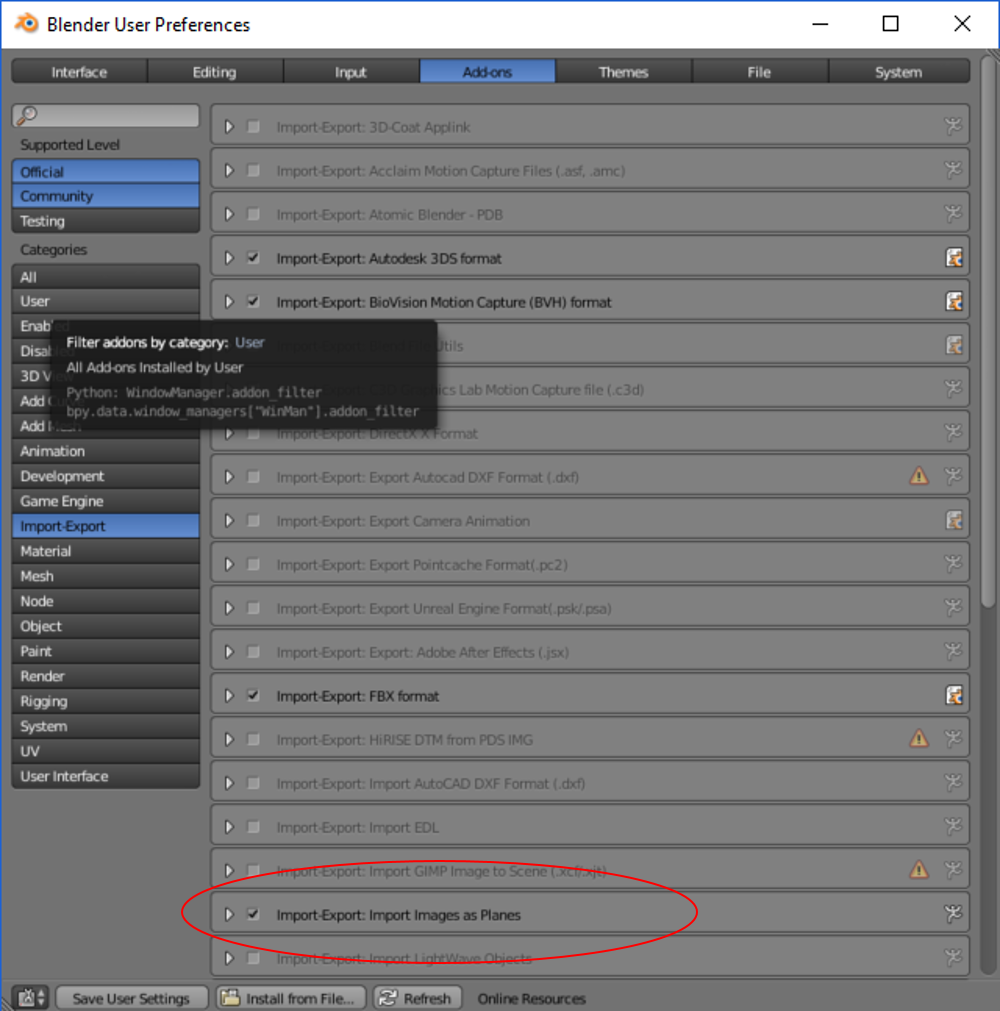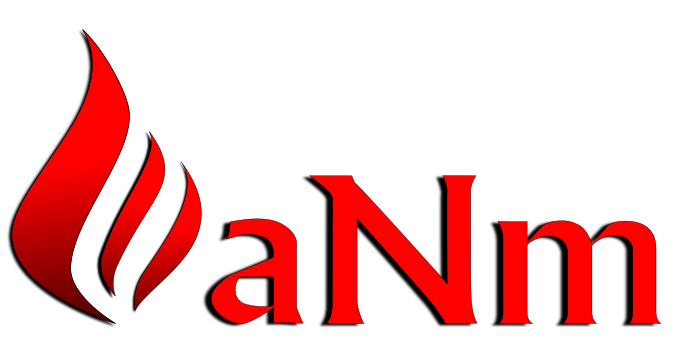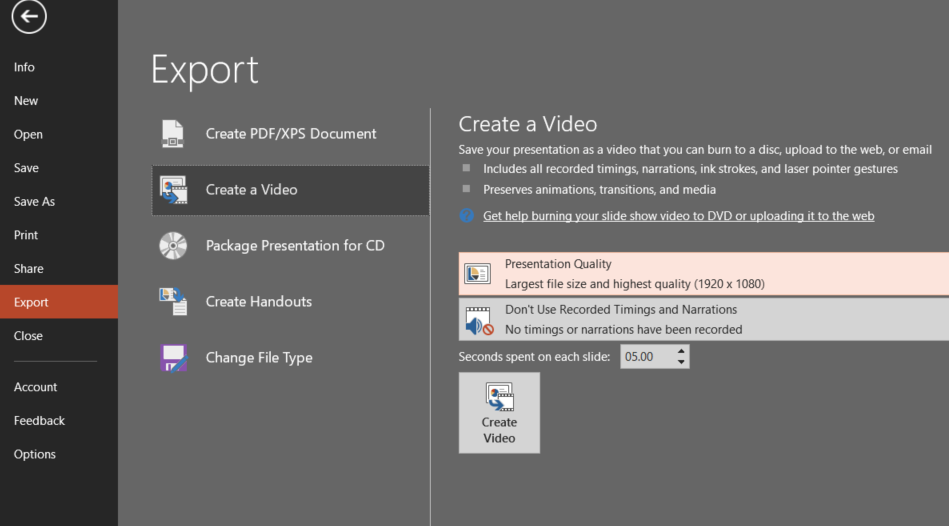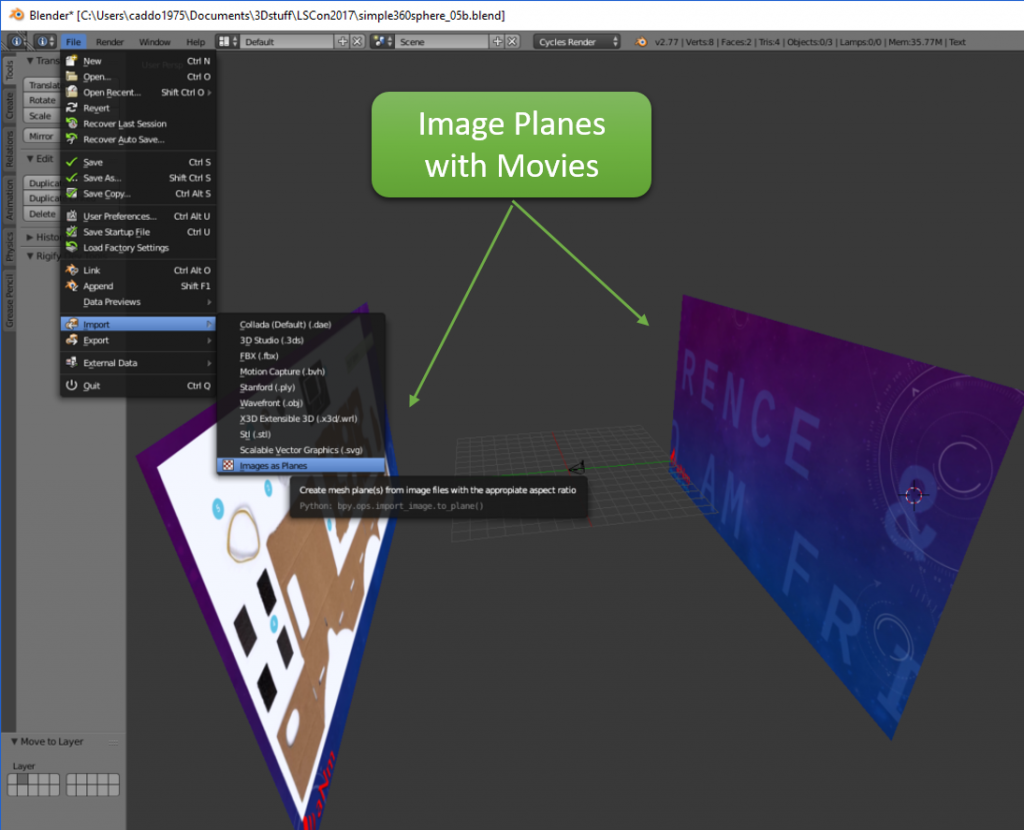To promote my sessions at Learning Solutions 2017 conference, I created a 360° video for YouTube, which you can see here:
Under the Hood
To create this video, I decided to use development tools already in my toolbox – Microsoft PowerPoint, Windows Movie Maker, and Blender – sprinkled with easily-attainable content, such as available HDRI maps and background music from YouTube Audio Library.
Simple Videos…Inside the Video
For some on-screen motion, I chose to create a simple video using PowerPoint. Why? Because I wanted the overall content to be simple, so viewers can focus on playing around with the video’s interactive 360° view.
I threw together a few slides with some of the imagery from my session, as well as the session number, title, time, and some of the images I planned on using in my session. Then, I exported the PowerPoint as a video, within the PowerPoint interface.
With these done, I moved on to Blender, a 3D-creation software but also has many other useful tools, outlined below.
Faking It as I Make It
Because Blender is 3D editing software, I’m able to take advantage of assets that are not normally available within a standard video editor. In this case, I use HDRI maps to simulate a real-world 360° environment.
“HDRI” stands for High Dynamic Range Image. “Dynamic range” is the measurement of how much brightness information is contained in an image, so a “high dynamic range” image is an image that has a very large range of brightness, more than you can see on your screen in one go actually. (source:
www.adaptivesamples.com/2016/03/16/make-your-own-hdri/)
Those of us in the 3D modeling world are likely familiar with HDRI maps used to create intricate lighting or reflections on hard, reflective, or semi-reflective surfaces inside the 3D environment. As these images are created from a spherical reflection, he HDRI map works great to ‘fake’ the 360° view.
 |
| HDRI map used in my promo video from http://www.textures.com/. |
To use this map in Blender, you must select ‘Cycles’ from the list render engines.
Then the HDRI map must be used for the environment background. To do this:
- Select the ‘World’ menu tab
- Click the ‘Use Nodes’ button within the ‘Surface’ area
- Clicking this opens a new menu set
- Set the color type to ‘Environment Texture’
- Choose the image file
Broaden Your Perspective
In order to capture the entire scene, the camera needs to be adjusted. I center the camera in the world center. From the ‘Camera’ menu tab, I click the ‘Panoramic’ button to change the camera type and select ‘Equirectangular’ in the Type area.
 |
| Centering camera and changing type to Equirectangular. |
Now we’re ready to add the other content.
Movies in the Movie
Now that the faked 360° environment has been created, we need to add the movies that will play inside this viewable sphere. With some Google searching, I found the best way to do this is by using the Import Images as Planes plugin add-on via the User Preferences menu in Blender.
To do this, with the application open click “File » User Preferences” (or use “Ctrl+Alt+U”). In the window that appears (“Blender User Preferences”) select the “Addons” tab and then click the “Install from File…” button bottom of the page. The “File Browser” will appear. (source: https://www.katsbits.com/tutorials/blender/scripts-folder-location.php)
 |
| User Preferences menu with Import Images as Planes installed. |
There’s an easy-to-follow YouTube video on how to install the Import Images as Planes plugin, located here:
https://www.youtube.com/watch?v=omAhhWzduoI. Once everything is installed, we can now add simple planes to display our simple motion videos.
Plane to See
Importing images as planes is handled through Blender’s ‘File’ menu. Select File » Import » Images as Planes to place the plane in the Blender environment. After this, Blender will open its file browser to allow you to choose what image – or movie in my case – you wish to display on this plane.
Extras, But Not Too Much
Now’s the time to put anything else you want viewers to see inside the 360° video. For mine, I added some simple 3D text that adds information about the conference and my session.
However, while it would be tempting to links, roll-overs, or possibly take advantage of Blender’s game engine – keep in mind the final product will be a ‘flat’ video. Meaning that the viewer cannot directly interact with any on-screen objects in the video, aside from rotating the focal point of the video which YouTube handles. More on how YouTube does this in a moment.
Exports, Renders, and Formats…Oh My!
After you have everything set the way you want it, it’s time to render (…or, “it’s renderin’ time!”, if you’re a Marvel Comics fan…heh). There are various schools of thought on the best way to render movies from inside Blender and even more ways to do so. Do a Google search on how to best render with Blender and make a choice the works for you and, ultimately, your hardware.
In my case, I decided to render the entire movie as an image sequence in several passes, to avoid any possible technical hiccups during the render process – which is most likely a remnant from my 3D modeling experiences. While this may not have reduced the overall time spent rendering, it made me feel more secure about ensuring the final product would be available.
However you choose to render and regardless of the format, you should be nearing the end of your time inside Blender. Well, maybe…
Blender as Composite Tool
Blender is fantastic tool for 3D modeling, animation, and even 3D sculpting (akin to Mudbox or ZBrush). What many of us overlook is that it’s a great tool for compositing video, as well. Should you wish, you could likely extend your existing video with any number of ‘goodies’, by compositing them on the video you just rendered.
Bear in mind that this new video will look different that ‘standard’ (non-360°) ones you may be accustomed to editing or compositing, as it is captured with Blender’s equirectangular camera lens. Aside from that, knock yourself out.
A Bit of Polish, If Needed
Regardless if you use Blender or another software, you may wish to add additional content to further enhance your video. For me, I felt some background music would be acceptable, as this would be a very short video. As mentioned, I chose a free-to-use audio file from
YouTube Audio Library. Additionally, I added quick voice-over recording of me inviting viewers to my sessions.
Keeping in-line with the free-to-use tools, I combined the Blender-rendered image sequence and audio files within Microsoft’s Movie Maker. This choice was a personal one, as I’m very familiar with the program and can work in it very quickly. However, most any video editor would do, in this case.
Almost Time to Upload
While the next step would normally be to upload to YouTube, we must do one more step before doing so. YouTube requires special metadata be added to 360°, which denotes it as a 360° video and allows the interactive viewport.
YouTube provides documentation on how to add this metadata and subsequently upload the video on its support page:
https://support.google.com/youtube/answer/6178631?hl=en. The overall process is fairly easy and painless using the Window or Mac tool. For those more fearless adventurers, you can also add the needed metadata via Python script.
 |
| Add metadata to your video with Python script. |
Grab a VR Viewer and Enjoy
You can now upload your 360° video to YouTube. You can further enhance the viewing experience, by viewing the video with a VR viewer such as Google Cardboard, Daydream, Samsung Gear or other, though as mentioned above, there is no interaction other than the changing view.
Final Thoughts
This was a fun experiment for me, as I love seeing what Blender can do. Additionally, I enjoy using free or near-free tools/software to create coolness.
One visual aberration I noticed was a visible ‘seam’ in the 360°, where the video’s visual information (i.e., the ‘edges’ of the rendered video) came together. I cannot say whether this seam originated from the HDR Image, from Blender’s equirectangular camera, or from how YouTube “stitches” it all together via metadata.
Luckily for me, this seam did not detract overmuch from the video. Plus, as I say: this was a quick-and-dirty experiment; so I was happy with the results.
Be sure to comment below and share your experiences with Blender, 360° video, and/or YouTube. I’d love to hear from you.
Cheers!








